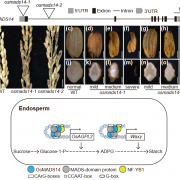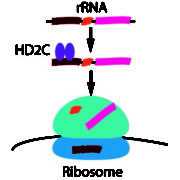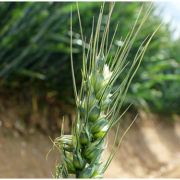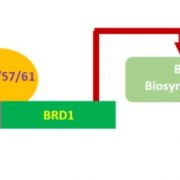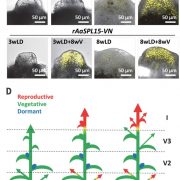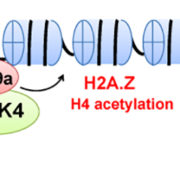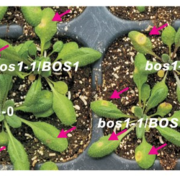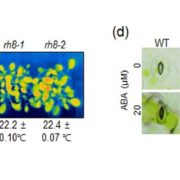Reprogramming of root cells during nitrogen-fixing symbiosis involves dynamic polysome association of coding and non-coding RNAs (Plant Cell)
 Knowing RNA abundance is nice, but in most cases protein abundance is more biologically interesting. Traubenik et al. used TRAP (Translating Ribosome Affinity Purification) to examine efficiency of translation and contributions of non-coding and alternatively spliced RNAs during the establishment of symbiosis between Medicago truncatula and Sinorhizobium meliloti. The authors found numerous genes that show strong translational controls. Among other findings, they found evidence for a role of a short transcript variant of the Trans-Acting Short Interference RNA3 (TAS3) gene. The authors speculate that this might lead to accumulation of a non-cleavable target mimic of miR390, which could contribute to nodule formation. (Summary by Mary Williams) Plant Cell. 10.1105/tpc.19.00647
Knowing RNA abundance is nice, but in most cases protein abundance is more biologically interesting. Traubenik et al. used TRAP (Translating Ribosome Affinity Purification) to examine efficiency of translation and contributions of non-coding and alternatively spliced RNAs during the establishment of symbiosis between Medicago truncatula and Sinorhizobium meliloti. The authors found numerous genes that show strong translational controls. Among other findings, they found evidence for a role of a short transcript variant of the Trans-Acting Short Interference RNA3 (TAS3) gene. The authors speculate that this might lead to accumulation of a non-cleavable target mimic of miR390, which could contribute to nodule formation. (Summary by Mary Williams) Plant Cell. 10.1105/tpc.19.00647


